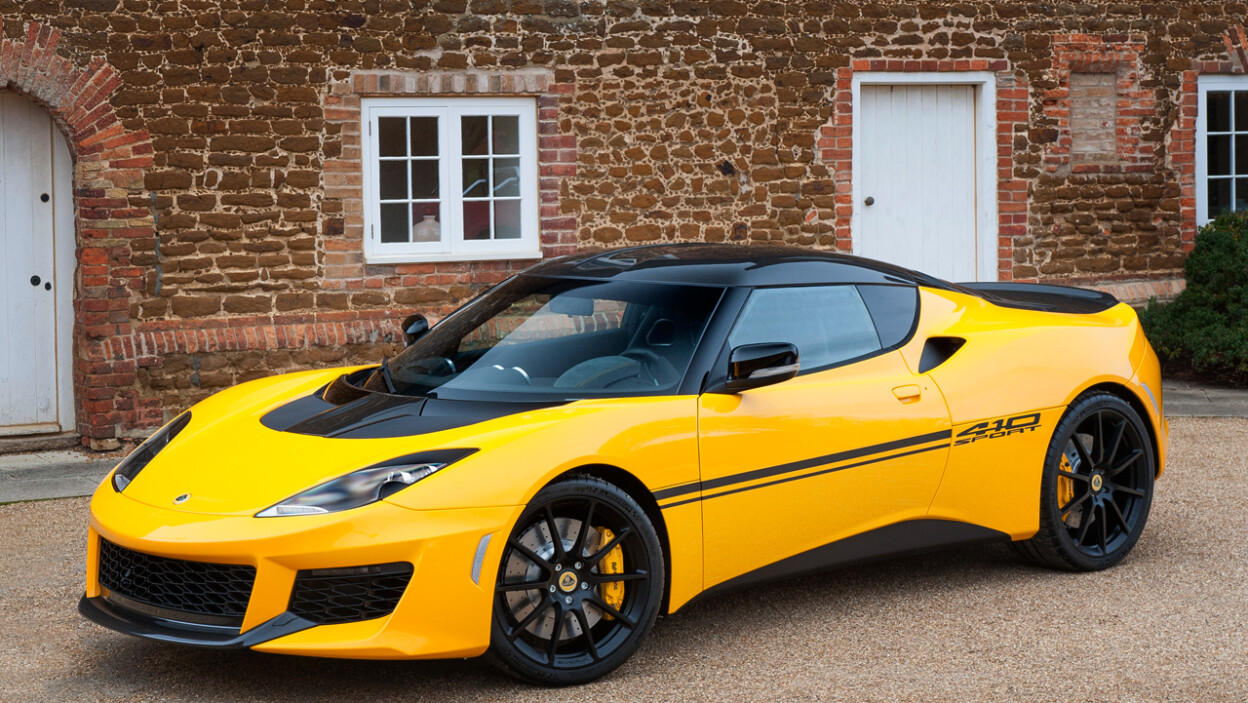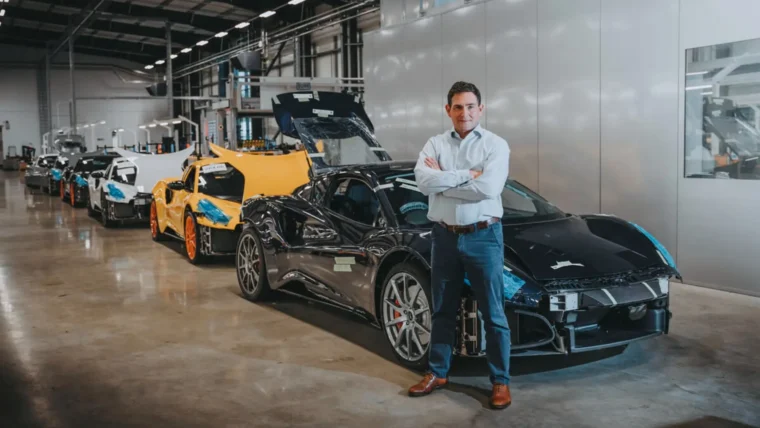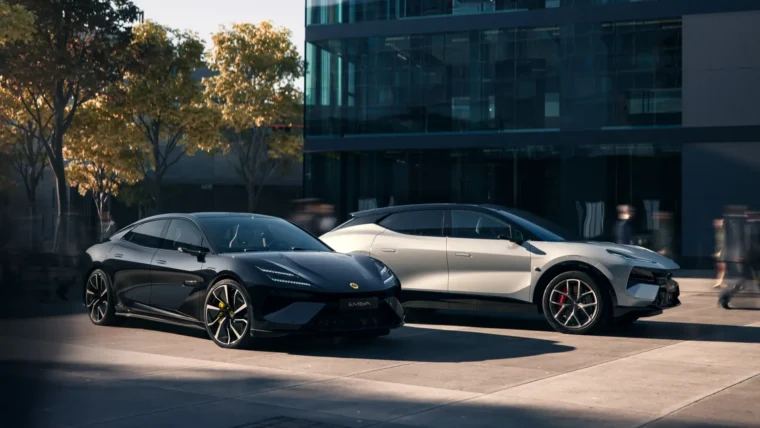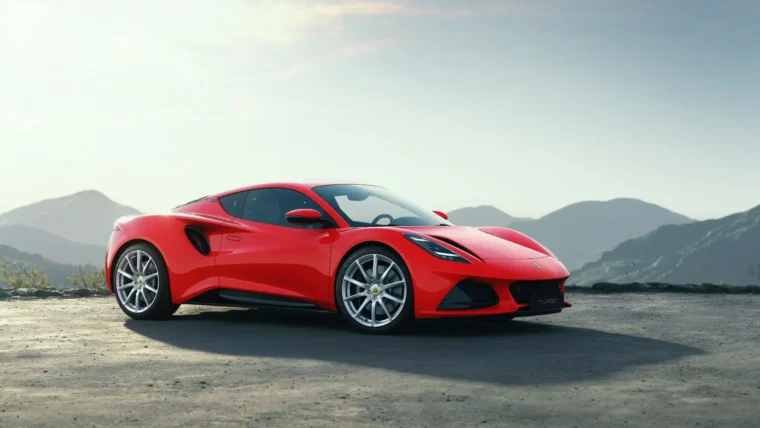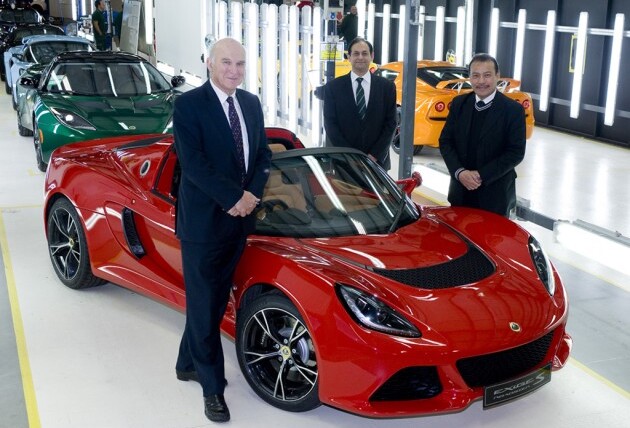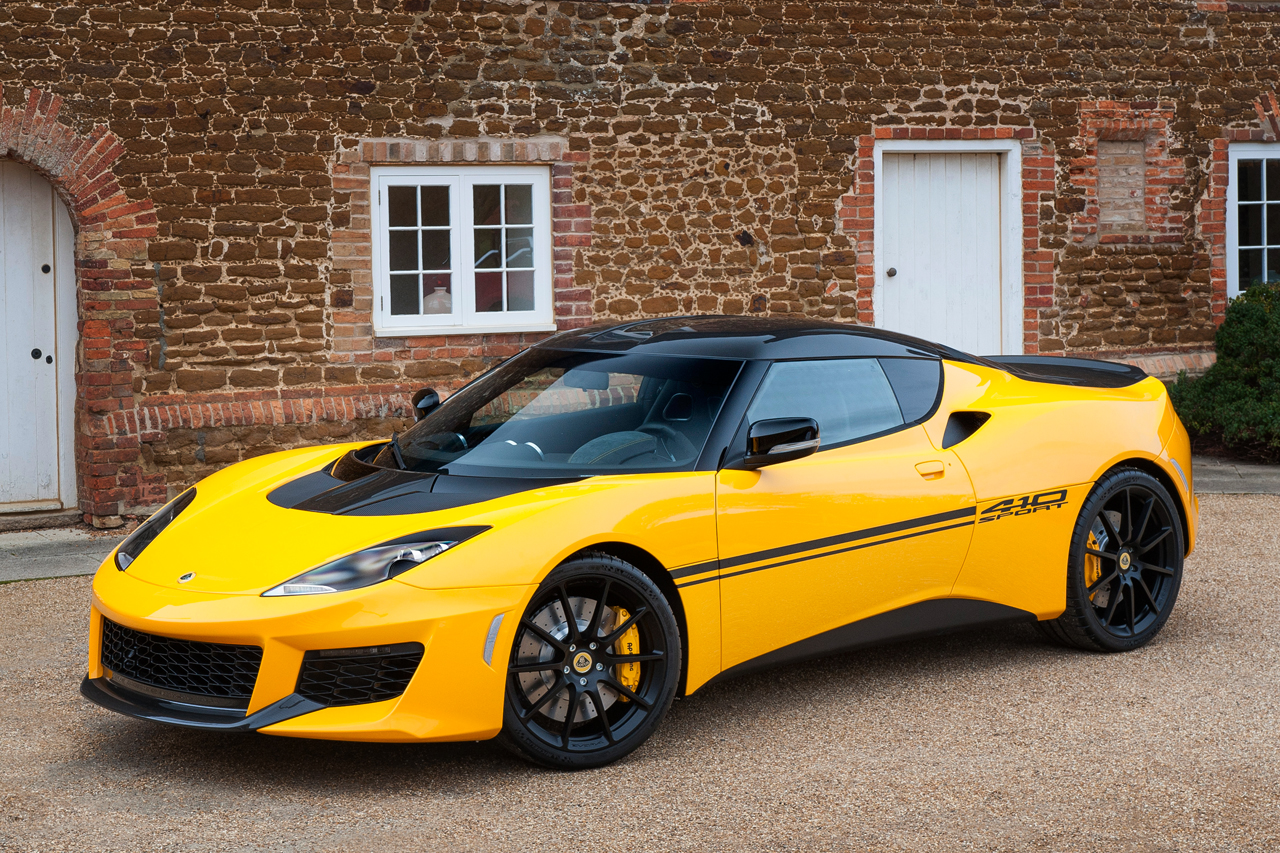
Lotus introduced the hot Evora 400 a year ago, before reaching our shores recently. In line with the company’s adding lightness motto, the folks from Hethel has unleashed their latest variant of the Evora, called the Evora 410, now 70 kilograms lighter!
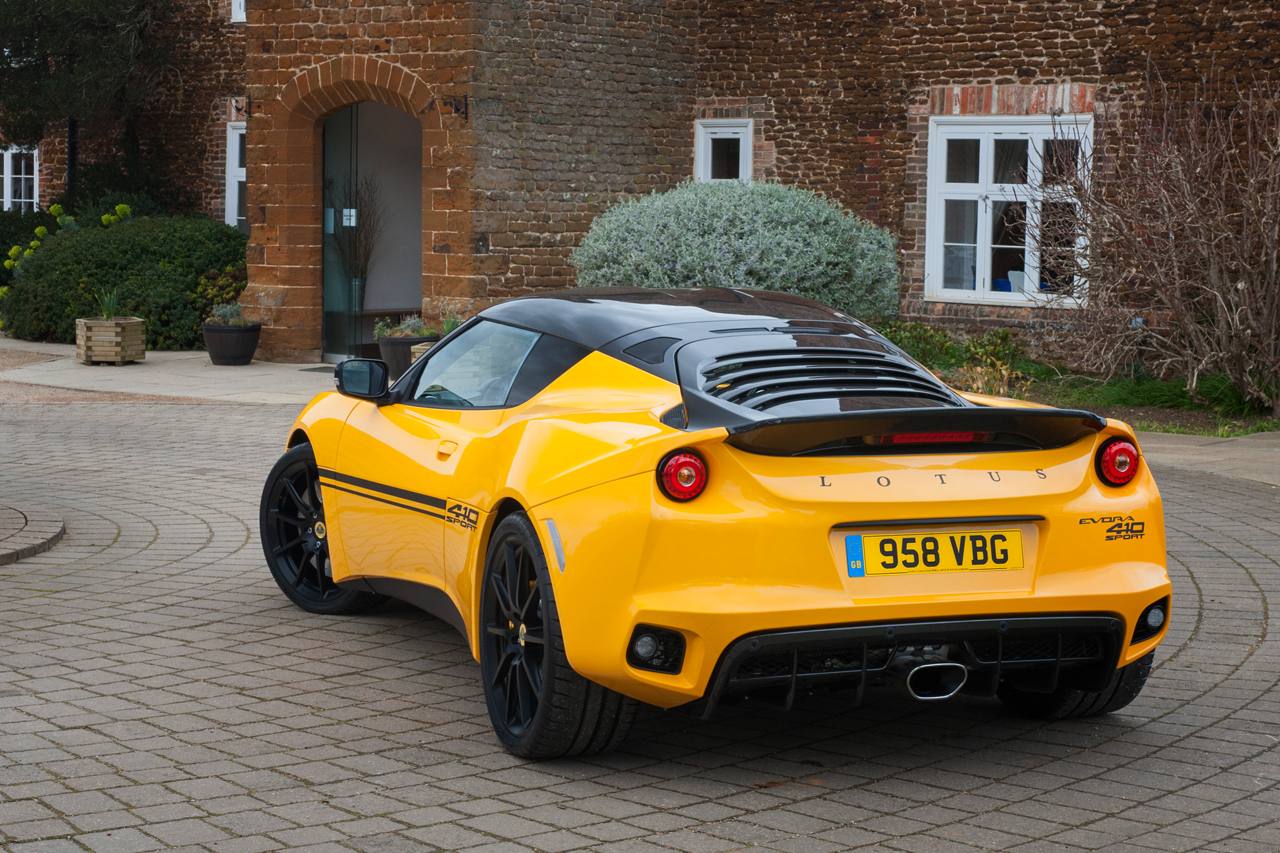
Engineers have managed to shave off another 70 kg from the Evora 400, now tipping the scales at just 1,325 kg. They have also increased the 3.5-litre engine’s output to 410 hp at 7,000 rpm and 410 Nm of torque at 3,500 rpm. Power-to-weight ratio is now an incredible 309 hp/tonne. Lotus says that the Evora 410 can hit 100 km/h from a dead stop in just 4.1 seconds, and top speed is rated at 300 km/h.
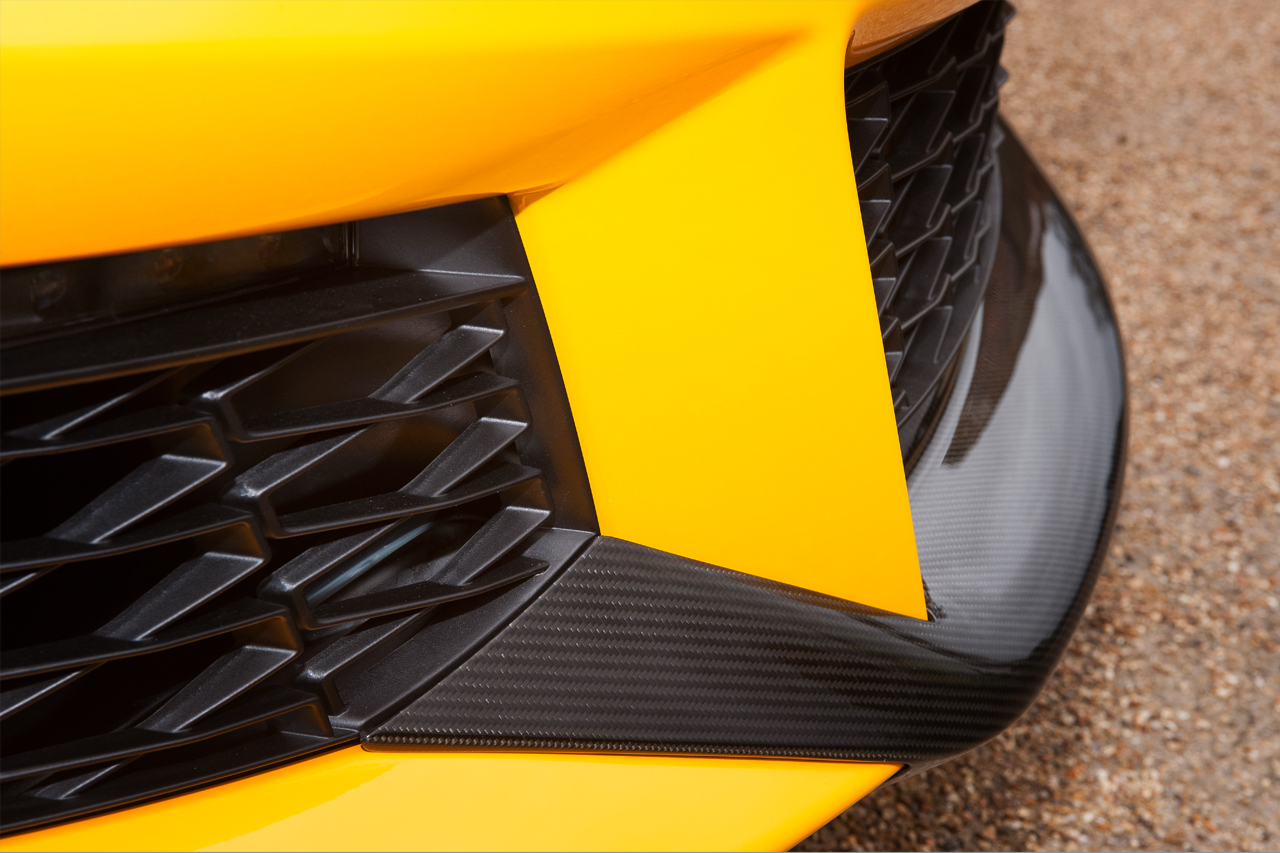
Jean-Marc Gales, CEO of Group Lotus said, “We couldn’t help ourselves, and many may have guessed what we were planning following our recent announcements. We wanted to make the Evora even better: lighter, faster and sharper, but our team has exceeded our expectations. Lotus has distilled what makes the Evora so special into something that’s even more focused. The result is dynamically excellent and nothing short of superb.”
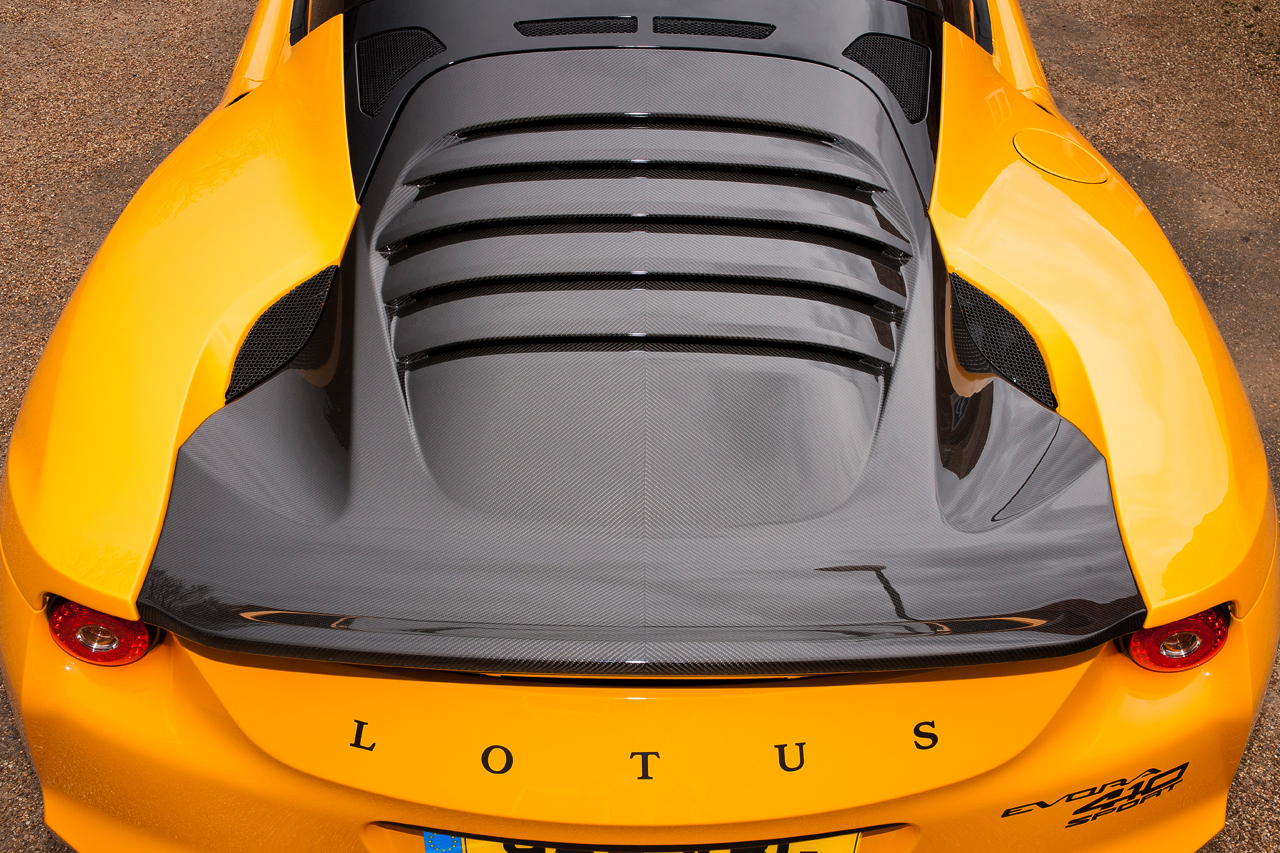
The team at Lotus has thoroughly re-evaluated, with every component assessed, optimised and reengineered as required to reduce even more weight. This includes every aspect of the car, including a drastically simplified carbon fibre tailgate , new lighter-weight door trim panels and generous use of carbon fibre across the entire car.

Carbon fibre bits includes the front splitter, roof panel, tailgate, and rear diffuser as well as race-derived sports seats and a revised front access panel. These enhancements also improved the car’s aerodynamic downforce by 15% with no increase in drag.
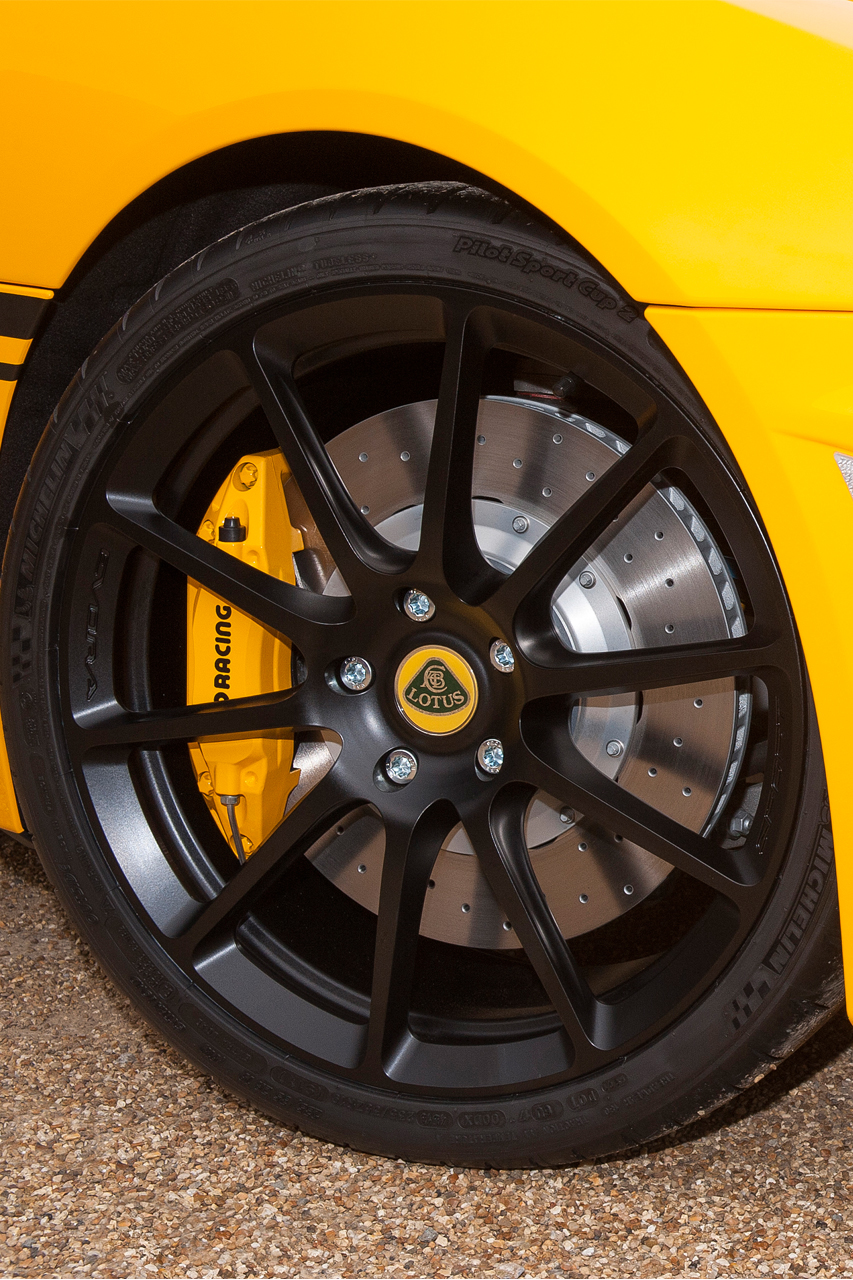
Furthermore, the drop in weight also allowed engineers to recalibrate the suspension, now with improved geometry and completely revised damping, as well as a ride height 5mm lower than the Evora 400. The end result is a sharper handling car, but retains the ride comfort and composure. The Evora 410 also gains a unique set of 10-spoke forged aluminium wheels. Customers can also opt for stickier Michelin Cup 2 tyres if they wished.
For the manual enthusiasts, the Evora 410’s manual gearbox features a low inertia flywheel and a Torsen-type limited slip differential (LSD). The automatic transmission, which is available as a cost option, offers gear selection via lightweight aluminium paddles mounted to the steering wheel.
Elsewhere, the new Evora 410 also features Lotus’ Dynamic Performance Management (DPM) drive mode selector, selectable via a dashboard switch, which provides ‘Sport’ and ‘Race’ settings. The modes can increase throttle response, lower traction slip thresholds and removes understeer recognition.
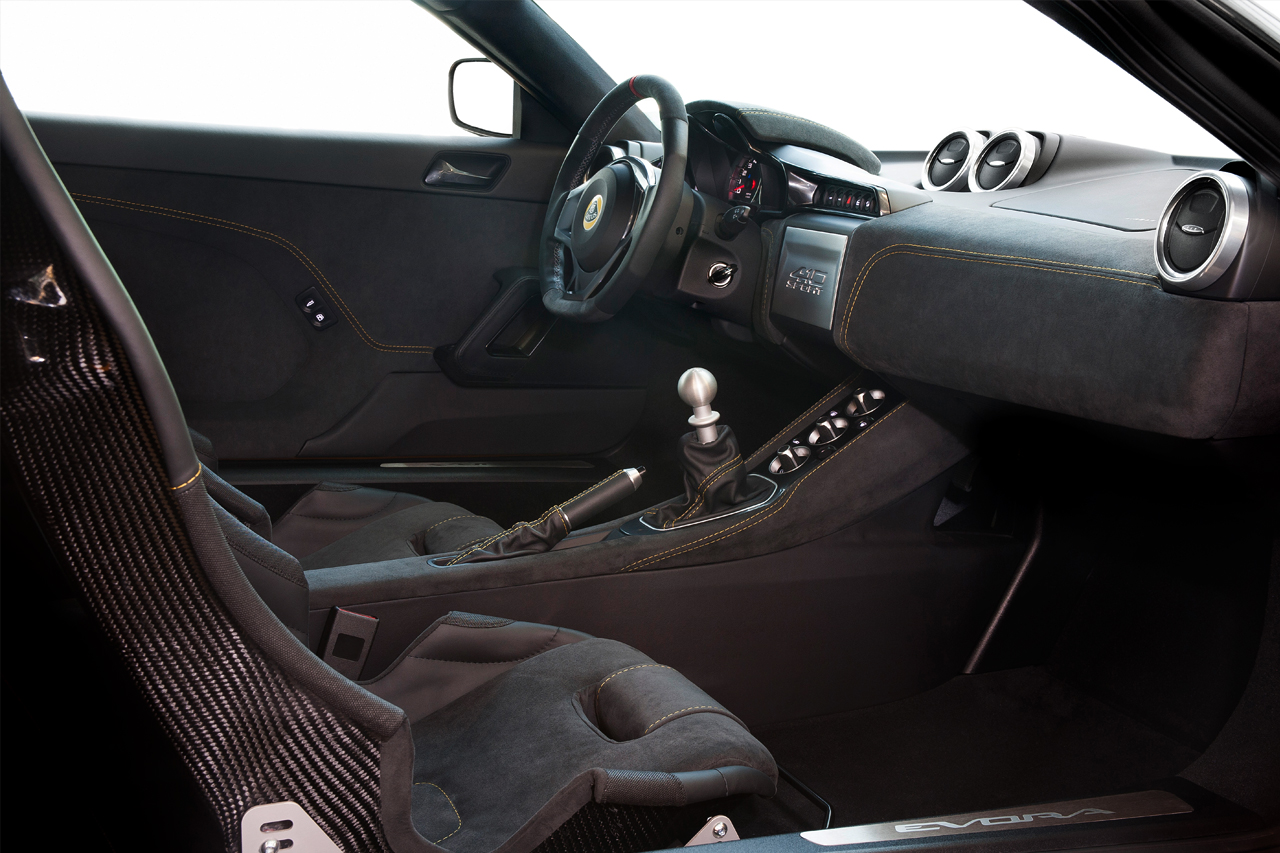
The Lotus Evora 410 comes standard with carbon fibre sports seats trimmed with Alcantara, along with the steering wheel and centre console. An integrated touch-screen entertainment system is optional. Other weight-saving measures include one-piece door trim panels finished in Alcantara with contrasting stitching, relocation of tailgate and fuel filler release buttons and the removal of speakers (if the audio system isn’t selected).
The significant drop in weight plus the power increment meant the Evora Sport 410 is capable of lapping
the company’s Hethel test track in 1 minute 28 seconds, an impressive 3 seconds faster than the Evora 400.
The Lotus Evora 410 will be limited to a global production run of 150 cars per year and will be available in all major markets from June 2016.
Other posts by AF Newsdesk

